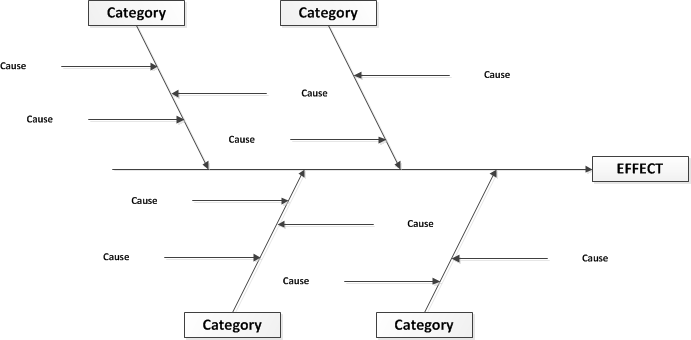One of the most important tasks you have as the project manager is monitoring the progress of the project. This can be especially challenging on large, complex global projects and certainly when you are working on the project along with managing the project.
By keeping track of the project through meetings, status updates and general communications with the team and sponsors, you can see potential problems (before they blow up and threaten to derail the project). Look for the following signs of projects going astray:
- Frequent change requests
- Missed deadlines
- Lack of commitment from team members
- A drop off of project sponsorship
- Lack of reporting on project from sub-teams
- Decreased buy-in from stakeholders
- Increased project costs
- Poor quality in deliverables
When you see a problem, don’t react immediately. Take the time to understand what is going wrong so that you can prepare to address the problem. You want to understand the root cause. By keeping tabs on your project, you can spend some time preparing when problems are starting to develop; by not monitoring your project, problems are further along when you see them and at that point your tendency is to react quickly.
Consider taking any or all of the following steps to determine what is going wrong with your project:
- Talk to the team members. Ask the team about the project and what has changed that may be causing the problem. What is their perception of what is happening? Have new team members been introduced into the team that has affected how the team interacts? (See Part I and Part II of The 5 Stages of Team Development for more information on team dynamics.) Have new sponsors been introduced? Have stakeholders changed?
- Consider using a cause and effect diagram. Cause and effect diagrams (see figure below) assist you in working with your team to describe all the possible causes of a problem and agree on the root cause(s) of the problem. In order to effectively solve problems that arise, you must understand the root cause. A cause and effect diagram enables teams to create an image of the possible causes behind a particular problem, see how those causes might be related and why the problem is occurring and more easily arrive at a solution to the problem.

Exhibit: Cause and Effect Diagram Structure
- Review the original scope and charter for the project. Evaluate against the current state of the project. Where did the deviation occur? Why did the deviation occur? Were processes and procedures followed for the project including for requests for changes to the project, documentation of stakeholder requirements, reporting expectations, etc?
- Talk with the sponsor/key stakeholders. Understand their perspective of the problem and the current status of the project. Do they see the same issues you and the team see? What are their thoughts on what is happening and why? Although there may be a hesitancy to bring such a question to the sponsor and key stakeholders, you may find that they have information you do not or see the issue from a completely different perspective which will help you in resolving it.
- What else is going on in the organization? Sometimes we lose the attention of our team and their commitment to the project because of other priorities or worries over changes within the organization. Consider what else may be happening within the business that is affecting the work on the project or may be causing changes to the project.
- Review your risk management plan. Did you see this coming? Is this a problem that you considered earlier on in project planning and have already discussed a solution to it? Is this problem not even on your risk management plan? Is it a problem that you should have seen coming?
What are your ideas for understanding what is happening on your project? Please share your best practices with others in the Comments field below.
A follow up case study will tell the story of a project team that worked through a particularly thorny problem on their project and their challenges in doing so.



Thanks for the comment Tom. Too often we want to jump to an immediate solution and it takes a concentrated effort to pause and think clearly about the situation and how best to resolve it. As the project leader you must guide your team through the analysis and not let them immediately try to solve the issue. Thanks for reading!
Best,
Gina
Excellent point to NOT react immediately. Stop and think. If it is not a life-threatening emergency, it always helps to think it over and talk to others. Get a variety of opinions. Sometimes these cause and affect diagrams (aka fishbone diagrams) can have more than one level depending on the type of cause.